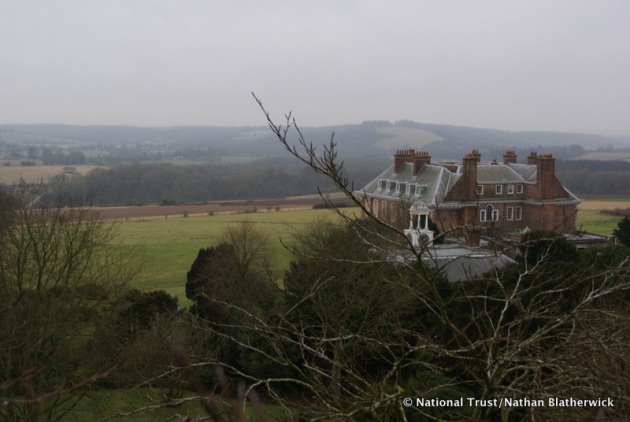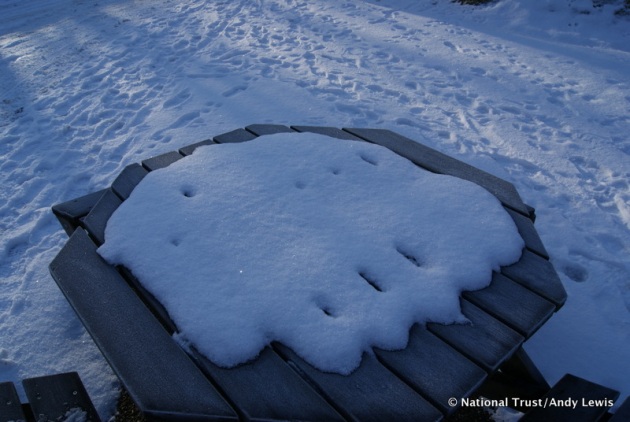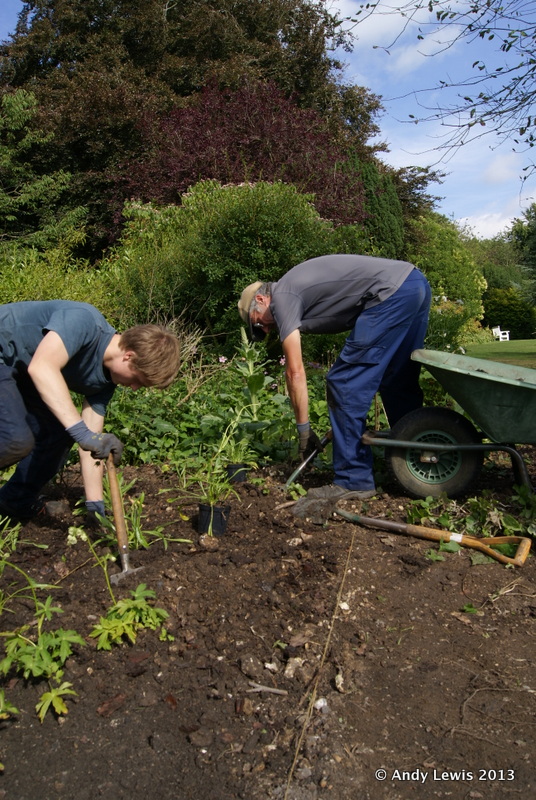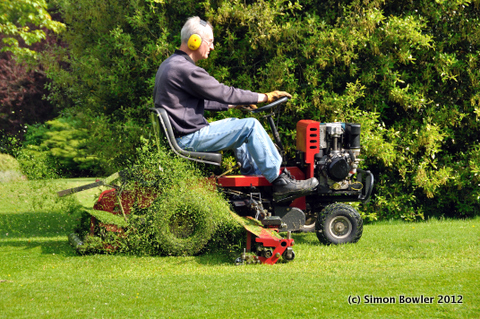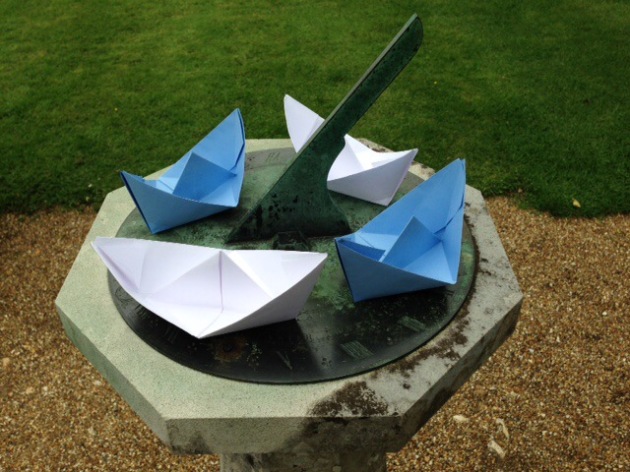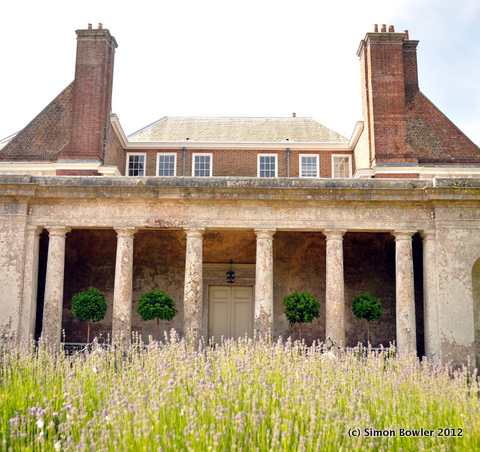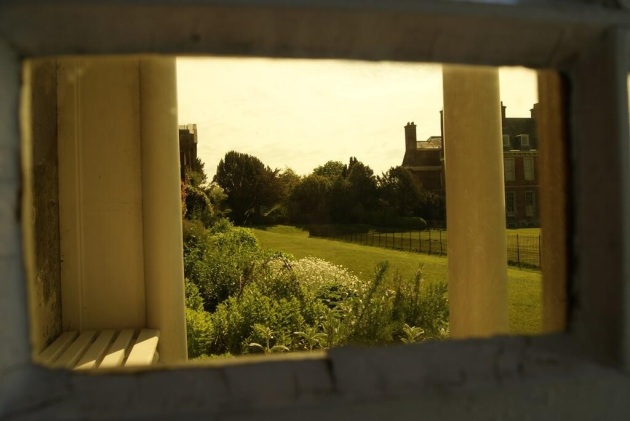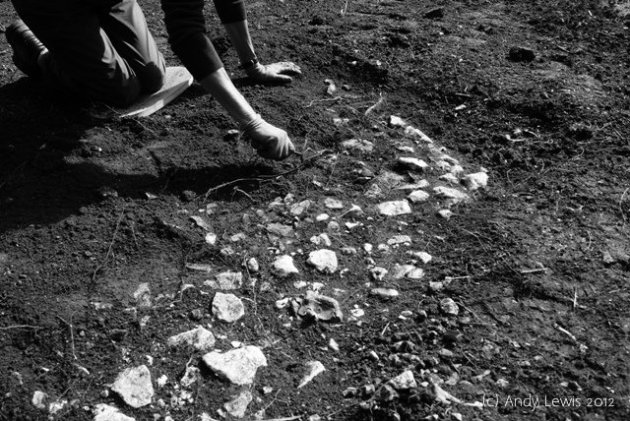
The Crown Imperial Lily (Fritilaria imperialis lutea)

Fritilaria imperialis lutea is a very good garden plant with up to 6 bell-shaped flowers hanging from a top knot of leaves that tip the stem. These plants always draw plenty of comment from visitors to the garden. These bulbous plants have clear yellow flowers about 5cm long with a faint green veining inside with lush broad leaves held upright on a paler stem. The ‘Crown Imperial Lily’ has been grown in cultivation in Europe since the 16th century when it was introduced from Turkey. It grows naturally from Turkey to Pakistan on cliffs, rocky slopes and among scrub. Pollinating insects including bees are attracted to them. The bulb and young leaves have a strong foxy smell. We have clumps of these planted in the island beds in the main part of the garden.
Planting Instructions
Fritillaria imperialis lutea bulbs should be planted 20cm deep in rich soil, which has had fertiliser added. As they grow so fast and need to rapidly replenish that effort, they would benefit from an annual liquid feed of potash rich fertiliser (low in nitrogen) when in growth, a proprietary brand for tomato plants would be suitable. The bulbs should not be disturbed unless they flower poorly, when they should again be replanted 8″ deep. They need a dry position in the summer.
Plant Details
Flowers April, height 90cm

Loddon Lily (Leucojum aestivum)
Leucojum aestivum is also known as the ‘Loddon Lily’, it has clusters of large white bells, emerald-tipped, hanging from bare stems above the glossy green daffodil-like foliage. It will form clumps and we have these planted in the tea garden.
Planting Instructions
Leucojum aestivum bulbs should be planted 12cm deep in heavier, moisture retentive soil, about 15cm apart in sun or some shade. It is happy in very damp even winter flooded areas.
Plant Details
Flowers April/May, height 45cm

Narcissus canaliculatus (species daffodil bulbs)
Perfect for growing containers or at the front of the border, this dwarf variety produces clusters of beautiful white and yellow flowers in early spring. It can tolerate most soils that are well-drained but moist during the growing season. Plant bulbs at one and half times their own depth in sun or partial shade. We have these planted along the left hand side grass bank as you approach the drive from the garden entrance.
 Saucer magnolia (Magnolia × soulangeana)
Saucer magnolia (Magnolia × soulangeana)
Magnolia can be deciduous or evergreen trees or shrubs, with large, showy, often fragrant flowers, often opening before the leaves, and sometimes followed by colourful cone-like fruit.
Plant details
M. x soulangeana is a spreading deciduous tree or large shrub to 6m tall, with obovate leaves to 20cm long, and white, pink or purple, goblet-shaped flowers up to 25cm across in spring. Magnolia × soulangeana is a hybrid plant in the genus Magnolia and family Magnoliaceae. It is a deciduous tree with large, early-blooming flowers in various shades of white, pink, and purple. It is one of the most commonly used magnolias in horticulture, being widely planted in the British Isles, especially in the south of England. The magnolia shown below can be found in the main area of the garden and is a stunning sight on a sunny day against a bright blue sky.
Primrose (Primula vulgaris)
The delicately scented flowers of Primula vulgaris are 2–4 cm in diameter. They’ve colonised the mossy banks as you approach the garden entrance at Uppark and can also be found in the woodland. P. vulgaris is a perennial growing 10–30 cm tall, with a basal rosette of leaves that are 5–25 cm long and 2–6 cm broad, often heavily wrinkled, with an irregularly crenate to dentate margin, and a short leaf stem, borne singly on short slender stems. The flowers are typically pale yellow, though white or pink forms are often seen in nature.

Below P.vulgaris on display (front) in the house for last year’s Mothering Sunday display.

Siberian squill (Scilla siberica)
Scilla are perennial bulbs with narrow basal leaves and erect stems bearing racemes of star-shaped, flat or bell-shaped flowers which are often blue. S. siberica is a bulbous perennial to 20cm in height, with narrow strap-shaped leaves and purplish stems bearing short racemes with 2-5 nodding, bowl-shaped bright blue flowers 1.5cm in width. Above pale blue Scilla sibirica (background) used in the Mothering Sunday display in the house, last year.
Cultivation Plant bulbs 8-10cm deep in late summer or early autumn in a moderately fertile, humus-rich, well-drained soil in full sun or partial shade.
Propagation Propagate by seed or divide offsets when dormant
Suggested planting locations and garden types Flower borders and beds, garden edging, under-planting of roses and shrubs, city & courtyard gardens, cottage & informal garden, gravel garden patio & container plants, rock garden.

Wild garlic (Allium ursinum)
Allium ursinum known as ramsons or wild garlic is a wild relative of chives native to Europe and Asia. Allium ursinum grows in deciduous woodlands with moist soils, preferring slightly acidic conditions. It flowers before deciduous trees leaf in the spring, filling the air with their characteristic garlic-like scent. The flower stem is triangular in cross-section and the leaves are broadly lanceolate similar to those of the lily of the valley (Convallaria majalis). Unlike the related Allium vineale (crow garlic) and Allium oleraceum (field garlic), the umbel contains no bulbils, only flowers. In the British Isles, colonies are frequently associated with bluebells (Hyacinthoides non-scripta), especially in ancient woodland. It is considered to be an Ancient Woodland Indicator (AWI) species. We have a small pocket of wild garlic at the entrance to the garden and we’ll be planting drifts along the woodland margins at Uppark ‘in the green’ (in leaf) this spring. The lanes in the surrounding villages are lined with the sight and smell of wild garlic. The leaves of A. ursinum are edible; they can be used as salad, herb, boiled as a vegetable, in soup, or as an ingredient for pesto in lieu of basil.

Perennial Honesty (Lunaria rediviva)
L. rediviva is an upright, clump-forming, branching perennial with triangular to heart-shaped, finely-toothed, mid- to dark green leaves and, in late spring and early summer, loose racemes of fragrant, lilac-white flowers followed by flat, beige seed pods. We have block of these perennials planted in the tea garden and island beds at Uppark.

Snake’s head fritillary (Fritillaria meleagris)
Fritillaria are bulbous herbaceous perennials with lance-shaped or linear leaves and nodding bell-shaped or bowl-shaped flowers that may be solitary or in racemes or umbels.
Details F. meleagris is a bulbous perennial to 30cm in height, with lance-shaped, greyish-green leaves and 1-2 nodding, bell-shaped purple flowers, the tepals tessellated with pale pink in a checkerboard fashion.
From mid-late April, you can see these flowering in small drifts in the South meadow.

Photo credits: National Trust, Simon Bowler, Andy Lewis, Maria Mercer and Alan Brown.

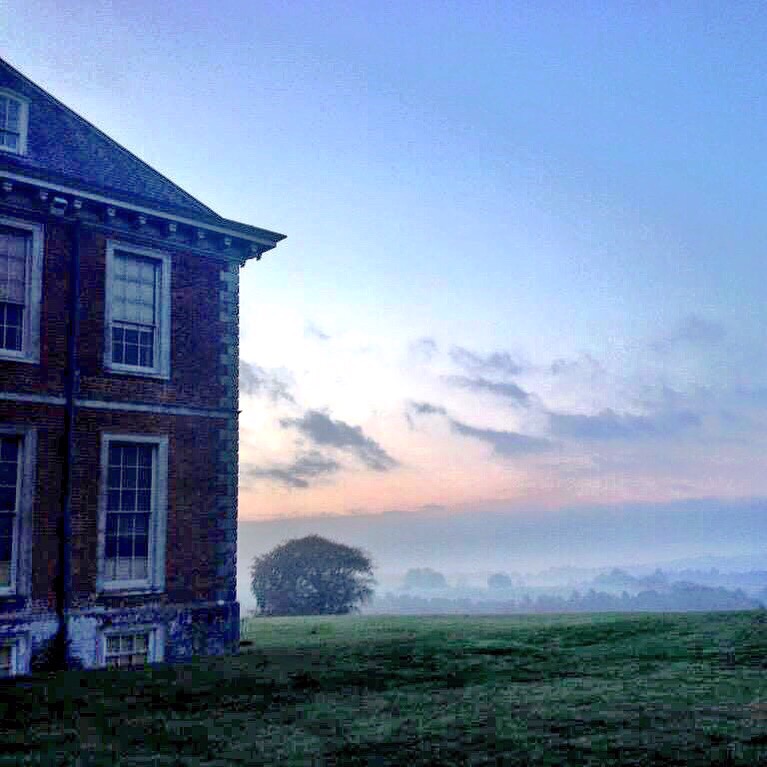 Above Uppark House and the South meadow at sunrise (photo credit: Kirsty Brown)
Above Uppark House and the South meadow at sunrise (photo credit: Kirsty Brown)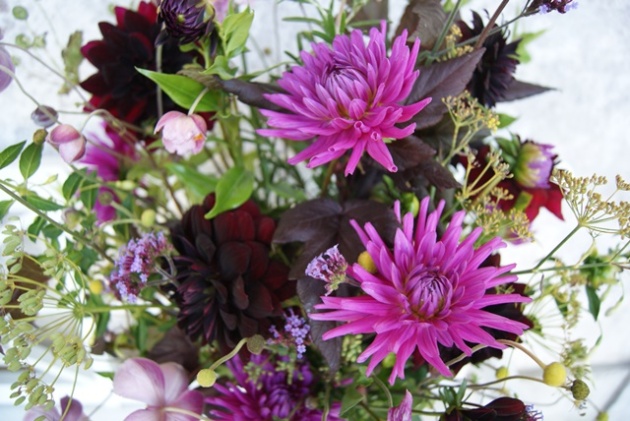 Above Beautiful displays from the cut flower team greeted visitors during the first weekend of October.
Above Beautiful displays from the cut flower team greeted visitors during the first weekend of October.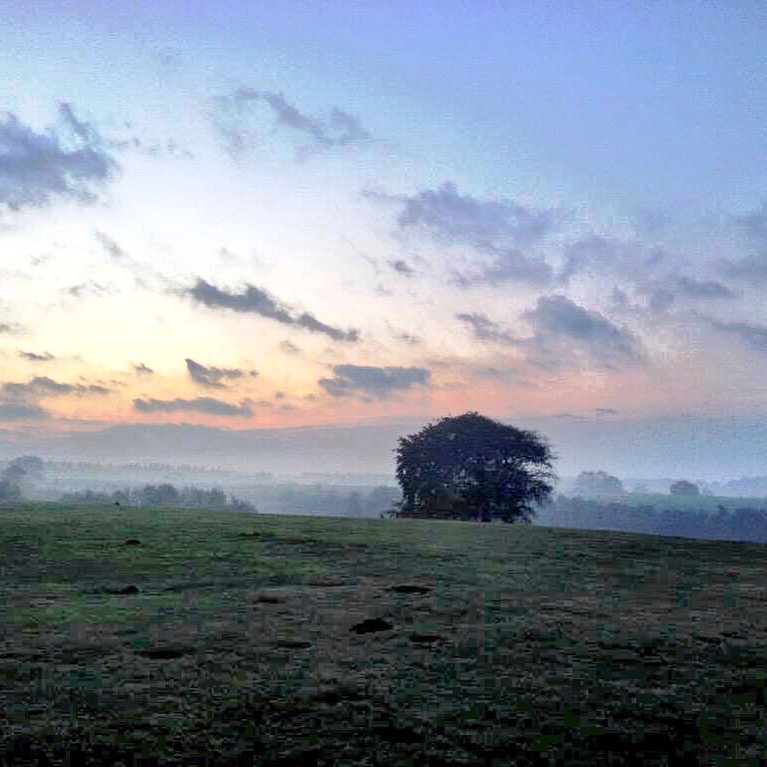 Above South meadow at sunrise with a view of the South Downs beyond (photo credit: Kirsty Brown)
Above South meadow at sunrise with a view of the South Downs beyond (photo credit: Kirsty Brown)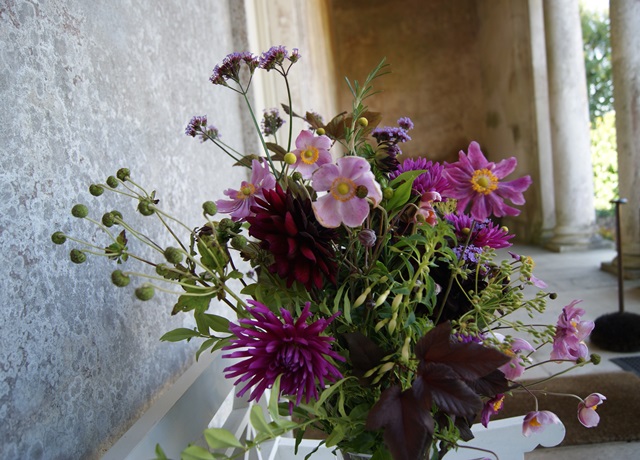 Above Lovely combinations of Dahlia ‘Arabian Night’, D. ‘Purple Gem’ Anemone hupehensis japonica, Verbena bonariensis and deep red foliage of Physocarpus opulifolius ‘Diabolo’
Above Lovely combinations of Dahlia ‘Arabian Night’, D. ‘Purple Gem’ Anemone hupehensis japonica, Verbena bonariensis and deep red foliage of Physocarpus opulifolius ‘Diabolo’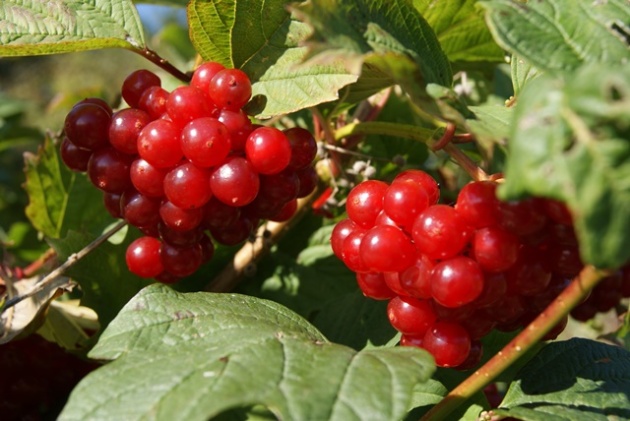 Above Guelder rose (Viburnum opulus) berries providing wonderful colour on the edge of the South meadow near the dairy bank.
Above Guelder rose (Viburnum opulus) berries providing wonderful colour on the edge of the South meadow near the dairy bank. 
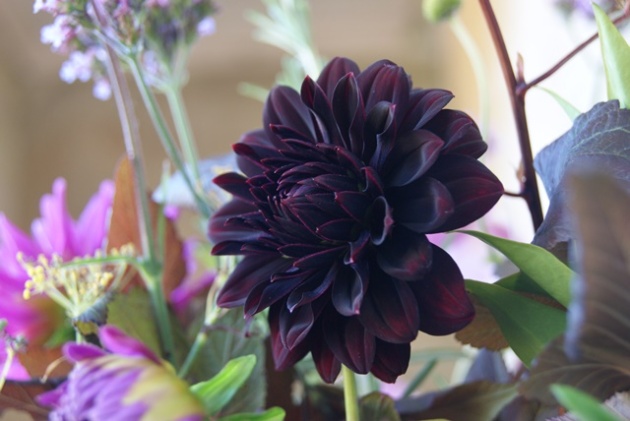
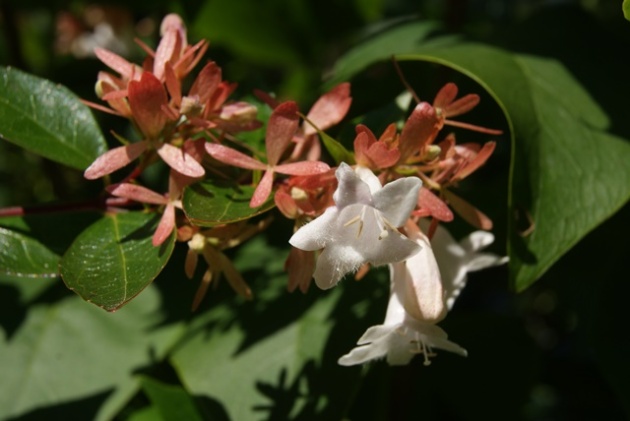
























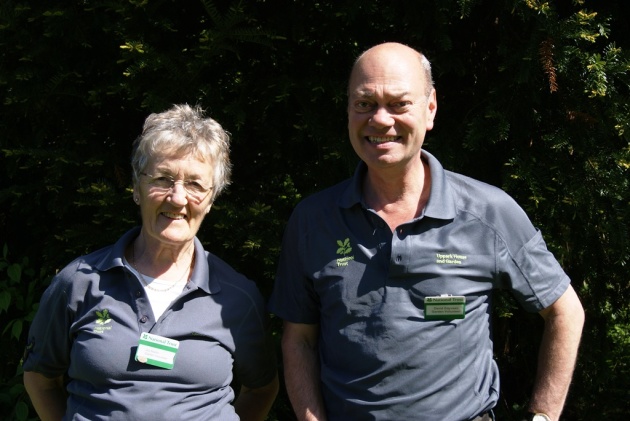










 Saucer magnolia (Magnolia × soulangeana)
Saucer magnolia (Magnolia × soulangeana)







